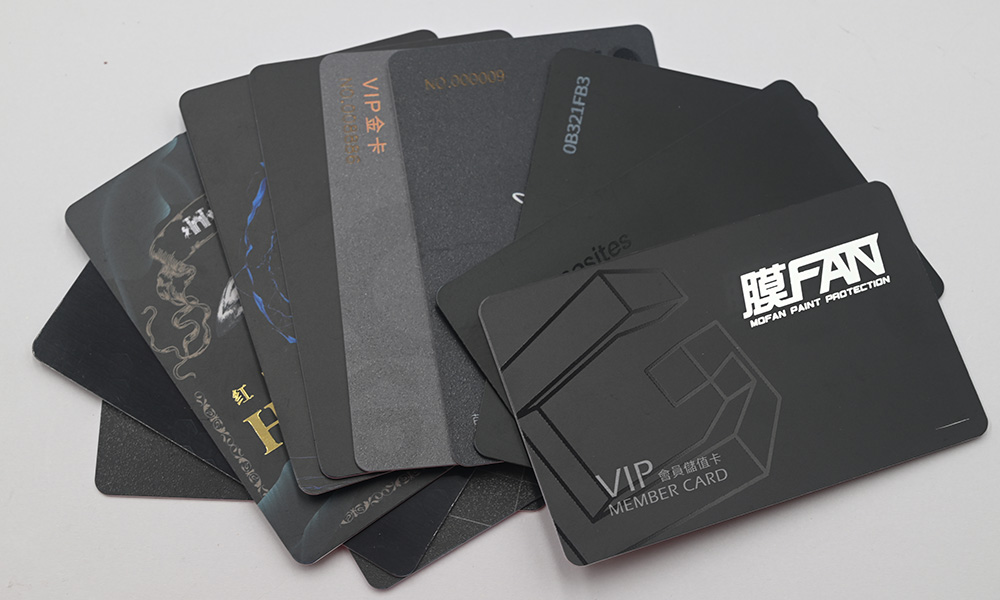Update time:2023-03-27 11:01:06 / Views:146
Chip card is a kind of card commonly used at present. The application of chip card can be divided into four processes: production, issuance, use and recycling. Different processes are completed by different color comparisons. Card Cube is a professional chip card manufacturer in China, and also a manufacturer of chip card production process.
The application of chip card can be divided into four processes: production, issuance, use and recycling
The application of chip cards can be divided into four processes.
Production Making chip cards
It is done by the chip card manufacturer, which includes manufacturing the integrated circuit chip, packing the chip in the plastic card base, and installing the pins. The surface of the card can be printed with patterns and explanatory text, and can also be responsible for the production of the cardholders photo, including the processes of printing, coding, foil stamping, packaging, gluing, and testing. To identify different manufacturers, the chip card also requires a manufacturer code written into the chip. For issuer customers who order remotely, the shipping code can also be written in the chip card, and the issuer can verify the decryption upon receipt. This move prevents others from illegally intercepting blank cards and causing losses to the issuer.
Sensor cards
2. Issuing chip cards
The so-called personalization stage refers to the process in which the chip card issuer writes information on the card and then sends it to the cardholder. The information includes: data used in the specific application system, such as the account and stored balance on the bank card; basic information of the cardholder, etc. In addition, issuer code needs to be written to distinguish the card from other application systems to prevent cardholders from modifying the data on the card. It is also necessary to write the cardholders personal user password, which is retained by the cardholder and verified by the user each time the chip card is read or written. Therefore, even if the chip card is lost, it will not cause any loss to the user.

The issuance of chip cards is usually done by the application department or a specific organization. They receive the chip card from the manufacturer, process it according to their own rules, and issue it to qualified applicants.
Proximity Cards
Use of using chip cards
After the chip card is personalized, the cardholder can read and write the chip card at every terminal reader throughout the application system, such as to make payments and pay deposits on the card. When using, authentication is required, i.e. entering the user password. At the same time, the application system also automatically verifies the issuer code on the chip card and the system erase and write passwords. These passwords are stored in the system database and can only be read and written to the chip card if they are correctly verified.
Chip Card
Recycling Chip Cards
Issued chip cards should be recalled, destroyed or issued new cards if they have lost their value in use or if the card is damaged, expired, or the cardholder changes. If the cardholder has lost the chip card, it also needs to be reissued. The above situation requires verification and modification of the data in the system database. At present, the link is generally omitted and the chip card is handled by the user himself.
Previous:Why smart card is better than other ID token technology?